|
About three years ago, I started to run design thinking workshops and brought the topic closer to people in various companies and functions. As a change management practitioner, I immediately realised the attraction and the synergies between the two stream of thoughts.
Let's look at two of the traditional barriers to innovation and leadership: lack of speed in decision-making and lack of creativity. Both barriers are behavioural. While these are typical barriers to innovation, they are also holding up most change initiatives. And design thinking is a method to address both barriers in simple ways. Speed - in design thinking we encourage to try things out; the focus is on learning by making mistakes. When we present prototypes early to the customer, we get early feedback on how we can get closer to create value for them. This early feedback facilitates decision-making. Design thinking also promotes to spend a significant amount on identifying the right problem; and still, this time is well invested and allows the team to create the right value for customers in a short period of time. Creativity - here, design thinking brings many activities that allow people to use their inert creativity. The immersion into the customer's environment creates exposure to gain and pain points that trigger inspiration and critical thinking. During all my workshops we are spending time to prototype - to make the solution ideas tangible. With this activity, we are activating the creative brain and further facilitates the discover of new ideas and solutions. And finally, when we converge and digest the information by using gallery walks and journey maps, we extract the essence of the challenge which triggers further inspiration. In addition to these two barriers, here are four points how I see design thinking is supporting your change initiatives:
How did you adopt design thinking for your change project? Source: Why Design Thinking Works, Harvard Business Review, October 2018
0 Comments
About a year ago, I was introduced to the term 'antifragility' - a new word that intends to describe the opposite of being fragile. This term is about going beyond robustness and resilience - we want to thrive in chaos, not only survive.
Nassim Taleb introduced the term antifragility with his book "Antifragile: Things that Gain from Disorder". Today, I want to take a quote from the book and explain some simple principles how we can deal with difficult, complex ecosystems and how we can establish new behaviours that make us successful in a substantial way - no shortcuts. "Antifragility (thanks to the asymmetry effects of trial and error) supersedes intelligence. But some intelligence is needed." What does Taleb mean by that? In the book, he introduces the concept of optionality. If we have different options and we choose options that have a small, limited downside plus a big, unlimited upside, then we will over time be more successful. Randomness (as it appears in complex environments) will drive us towards the upside. Eventual losses will be small. Interestingly, identifying and creating these options doesn't take a lot of intelligence - it's more about courage. Where we need intelligence is in choosing the right options. And this is much easier than designing the perfect path (option) with intelligence. Where do these options come from? I suggest two sources. First, when we do our business and are observing our customers, we will automatically discover possible ways to improve the value for customers. Simple shadowing, conversations and immersion will surface new things we can try. This leads me to point two: experimentation. Exploring small changes how we deliver our value to customers will create observations and will lead to more options. Small steps will lead eventually to more value and more success. The small steps also avoid to fail big and jeopardise our business. How can we be intelligent in choosing the right options? There we need direction and a yardstick; base again two sources. First is customer value - again; when we do understand what our customers appreciate, what is important to them, then we collect one part of our northstar. The second source to decide on the right options is our shared vision, our purpose. This gives us meaning and a clear measure on what we want to achieve, what upside means to use, and which option will be the right one for us. The purpose also includes the collective experience on how to be successful in the ecosystem we are running our business. One last element I would like to mention here. In our business world today, we can observe a lot of transactional behaviour; we try to model each process, find causality and theoretical explanations. The randomness mentioned by Taleb also indicates that we should rely less on these transactional, theoretical approaches. When we are connecting with people in a more human-centric way, it will be easier for us to experiment, build our collective dream, interact with customers and better understand the ecosystem we are in. How do you experience fragility in your work? What works for you to overcome these stressors? Photo credit: Leiduowen At Hive17 Consulting we took our experience and evolved a model that identifies key ingredients that make teams successful in an environment that is ever-changing and complex - in short chaotic. We call these the four pillars of the wheel of antifragility: purpose, customer value, experimentation and relationships.
Each of these include important goals that support success. Though these goals can be contradicting; for example, if the team members have a singular focus on pleasing the customers, then the team spirit might be jeopardised. There is no set of actions that simply improve all four goals at the same time. Therefore, it is important to advance the four pillars in a balanced way. For example, focus on creating value for the customers based on strong team bonds. While the pillars are based on solid research, our model is created through empiric knowledge. And, we continuously benchmark it to other concepts, thoughts and research, to make sure we are on the right track and further evolve our practice. The other day, I was reading this article "So What is Agile Really About?", in my eyes a great summary of the key principles for agility (which are in itself based on continuous innovation). Here are these 7 principles and how I see them supporting antifragility.
Where do you see the key elements of an agile organisation? What have you observed that makes teams successful in an uncertain and complex environment? Source: So What is Agile Really About?, Barry Overeem, Scrum.org In one of the projects I am supporting, we are going through regular activities to define and review objectives and key results. In this context, the difference between output and outcome is emphasised. Outputs are defined as features the team can develop, like a information dashboard. Outcomes are defined as business value the teams can impact, for example customer insights. In this context, the teams should focus more on the business outcome; they create more meaning for the customers and also for the team members themselves.
While this distinction as a concept is good, I feel that in practice it is sometimes difficult to grasp that distinction. In the example above, we can argue that customer insights are an output, and the outcome is the new solutions we can create based on the insight. That's why, I want to suggest that we are going deeper in discovering and defining our goals. In problem solving, I often apply the method of the Five Whys to better understand and comprehend an issue, a challenge, an opportunity at hand. Based on the these whys, we can discover root causes and explore a wider range of reasons how we can address the problem. This helps us to find better solutions and opportunities that were not obvious at the beginning. I think, we can apply the same method for goals, objectives and key results. We want to better understand why we are creating a specific feature. And if we are not going far enough with that understanding, we are limiting our solution horizon and constraining the meaning and purpose for the teams. On the other hand, we want to motivate and engage ourselves and the people around us. The next time we are defining our goals and OKRs, let's ask the team what is the outcome that comes next - 5 times. For example: more customer insights > new solutions that create more customer value > more co-creation together with the customer > better solutions for the larger ecosystem. The benefits of the Five Whys for goals are a) identify better solutions, b) create meaning & purpose, and c) cultivate more team engagement. How do you see you can apply the five whys for your objectives? |
Subscribe
Receive our monthly themed summaries of our thoughts: click! TimTim is a change practitioner in the area of innovation and excellence. He is working with teams to accelerate innovation, collaboration and agility. Categories
All
Archives
July 2024
|
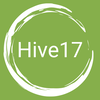
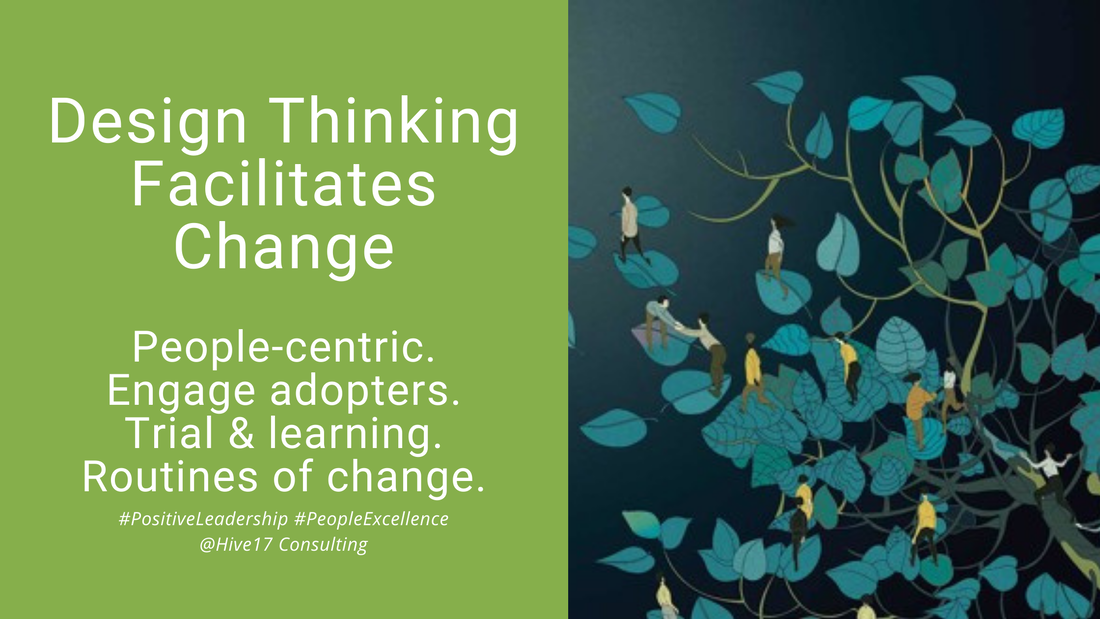
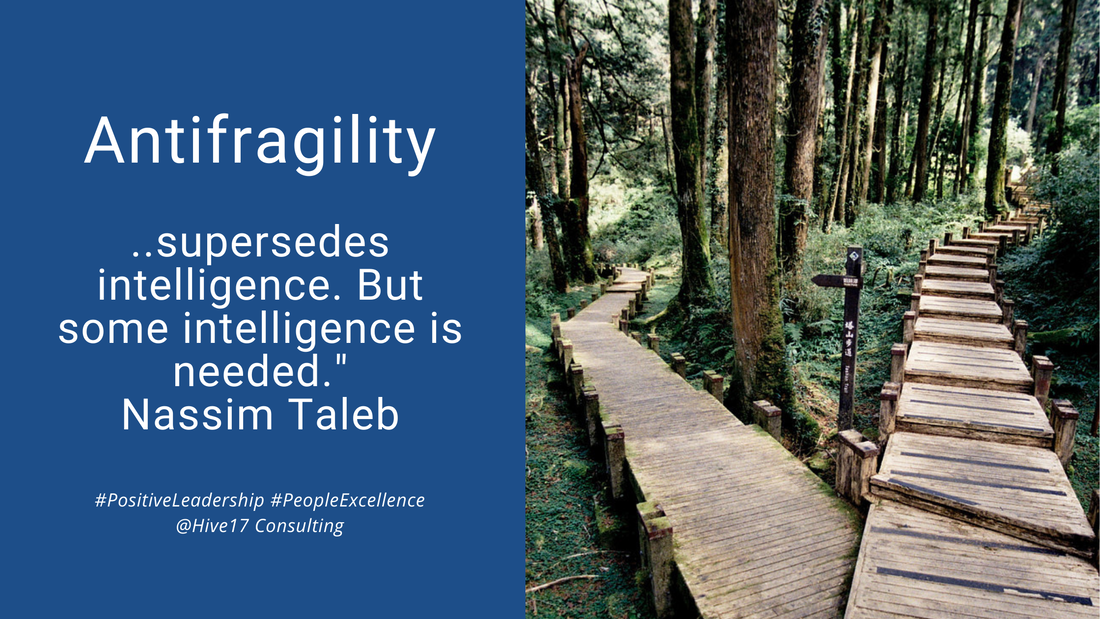
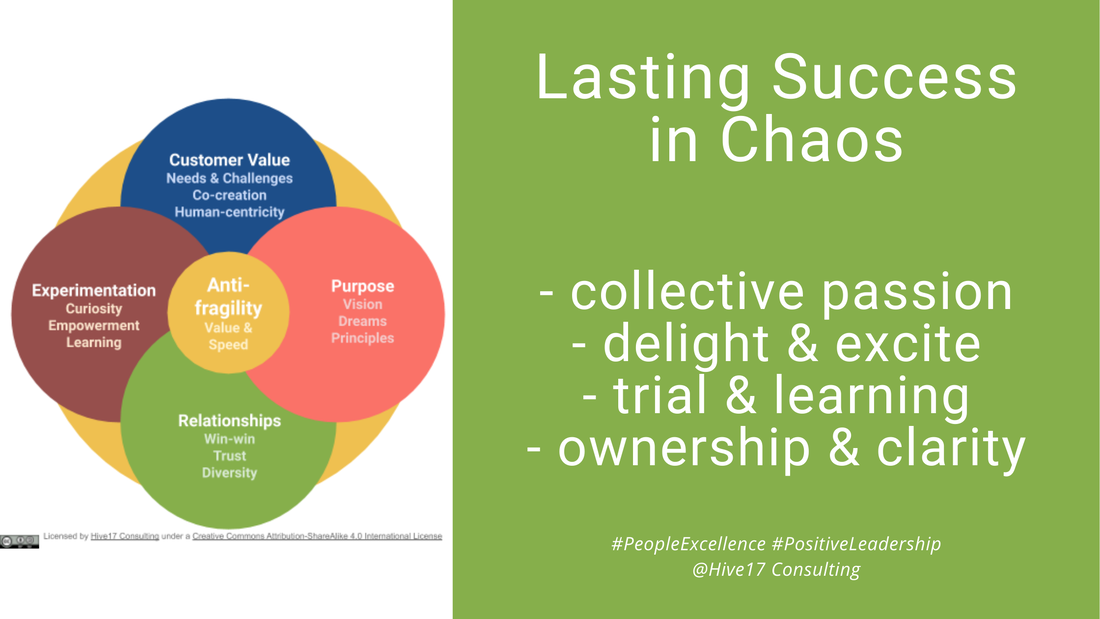
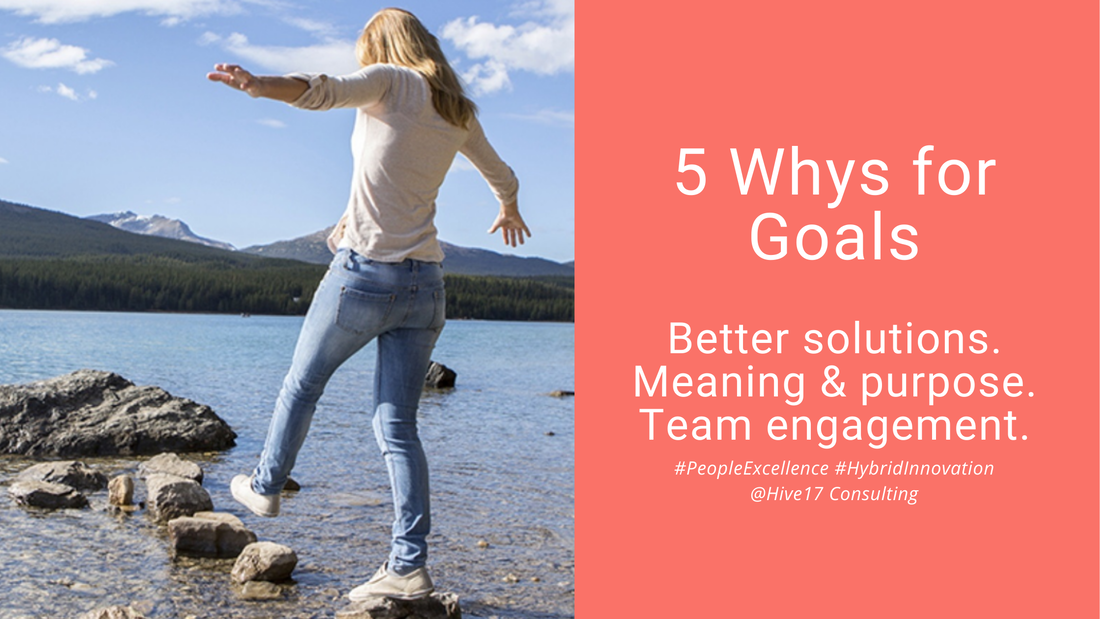
 RSS Feed
RSS Feed